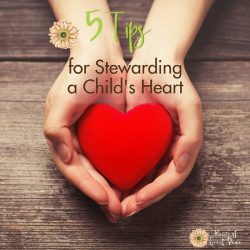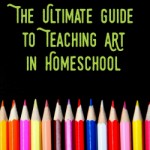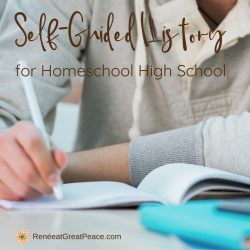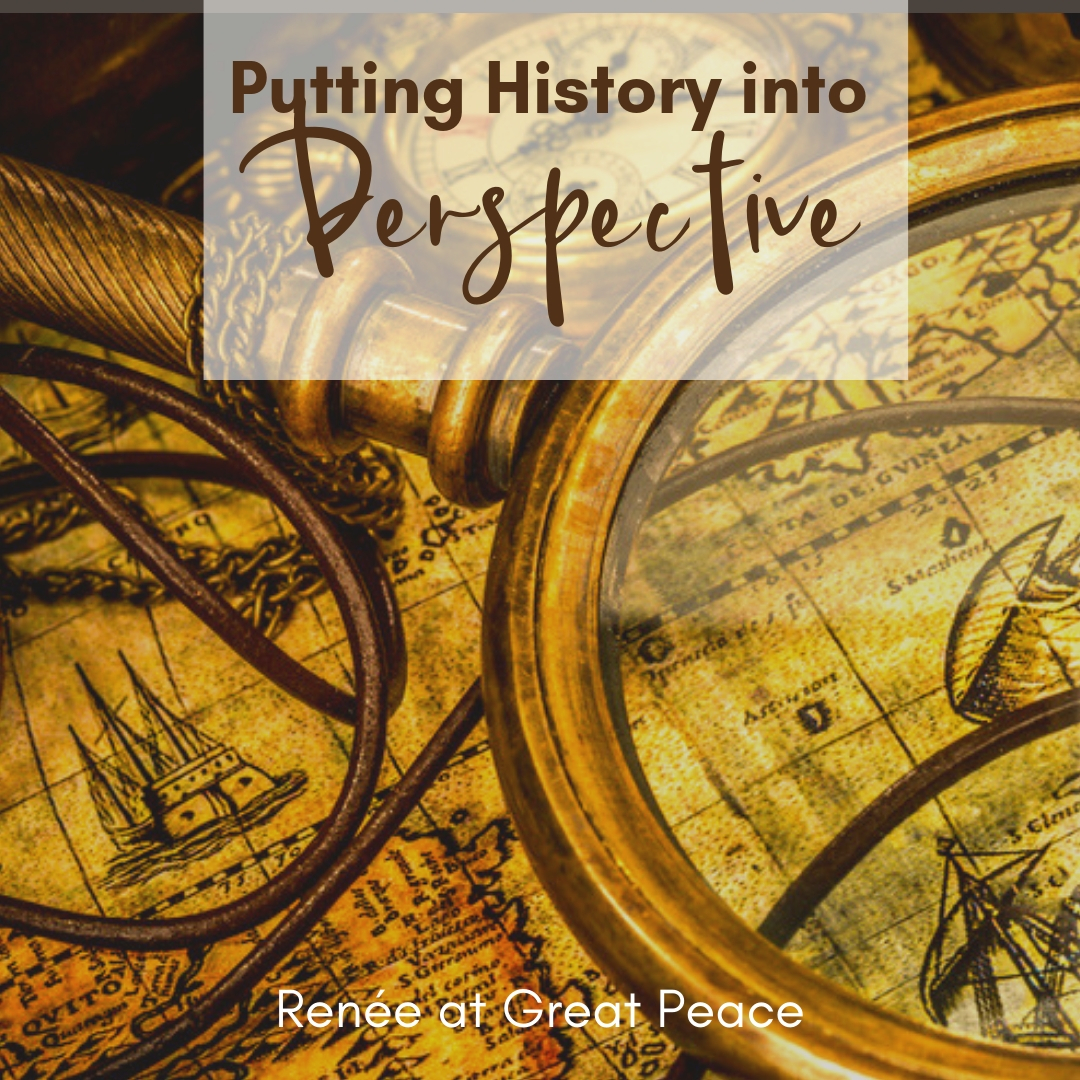
Putting History into Perspective
Connecting History to the Modern World
Let’s face it, sometimes history can seem so dry. Without context children lose the importance of understanding how history affects their own lives. Trying to connect their minds and hearts to something that happened long before they were even born can seem like a daunting task.
Actually, it may seem impossible.
This post contains affiliate advertisement links.
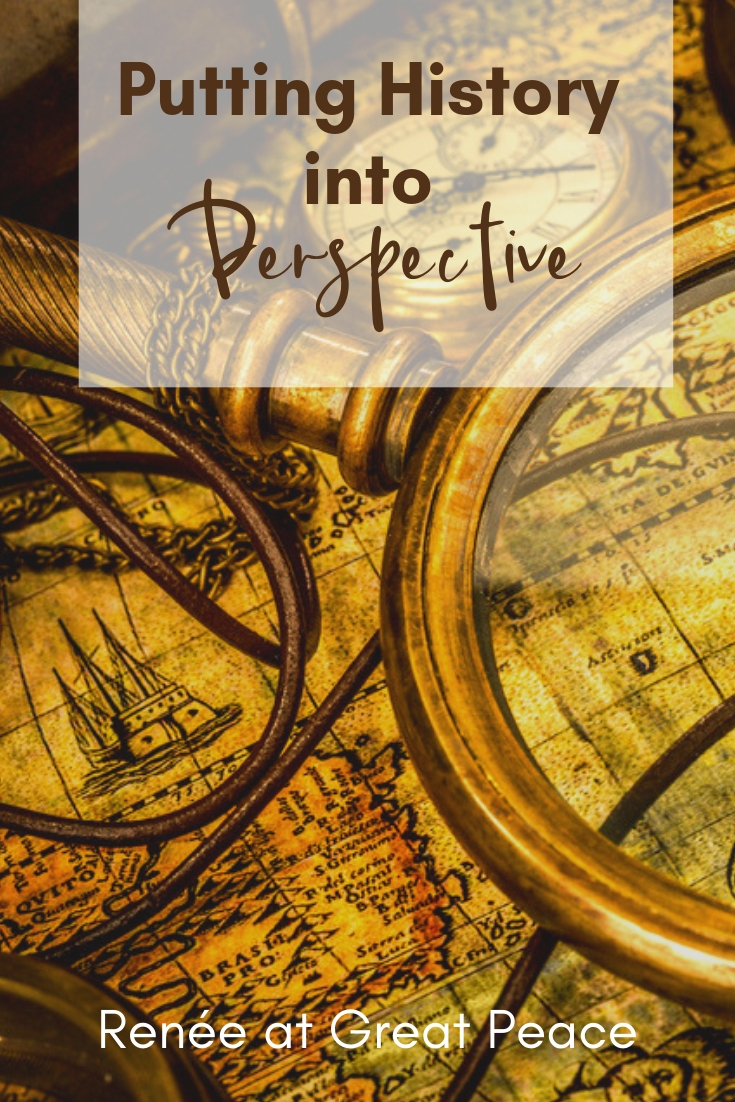
The reality is it’s hard for any human to connect to something that happened decades, if not centuries, ago. It will seem irrelevant if there isn’t an understanding of how it connects with ones self.
I think there are three great ways to connect the old with the new. These three ideas allow a student to explore and consider history as it relates to other people, and ultimately to themselves. None of them are a great mystery and one or more of them are often incorporated into homeschooling. You may currently be using one of these methods but perhaps didn’t consider how you are connecting the old with the new.
HISTORY THROUGH LITERATURE
Reading stories that are set in the same era, especially true, biographical and/or autobiographical stories, can put into perspective the time and place where events occurred. By putting a human face on the story we see how the events affected that person. We can read about their struggles, their worries, their victories and joys. We can see how government decisions affected the people living at the time. We can read about how a family endured during hardship or how they fought for the sake of freedom.
Whatever the story is about, reading through it with a child, while at the same time studying the historical events of the same era can help our children to relate to history. Comparing that history, that story, to how a child currently lives, and considering what might be different if events had turned out differently in the past, can help to truly put into perspective how history has shaped our world.
RESOURCES FOR HISTORICAL LITERARY GUIDES
PERSONAL HISTORY THROUGH FAMILY GENEALOGY
Knowing where they come from can help a child to connect with history. Discovering that a grandparent lived and served in the army during a war, or a great grandparent lived through the depression, or perhaps a 3 or 4x grandparent immigrated to the U.S. or even that you are related to royalty, can make for exciting discoveries, comprehension of how a period of time affects your actual family and make history seem more real.
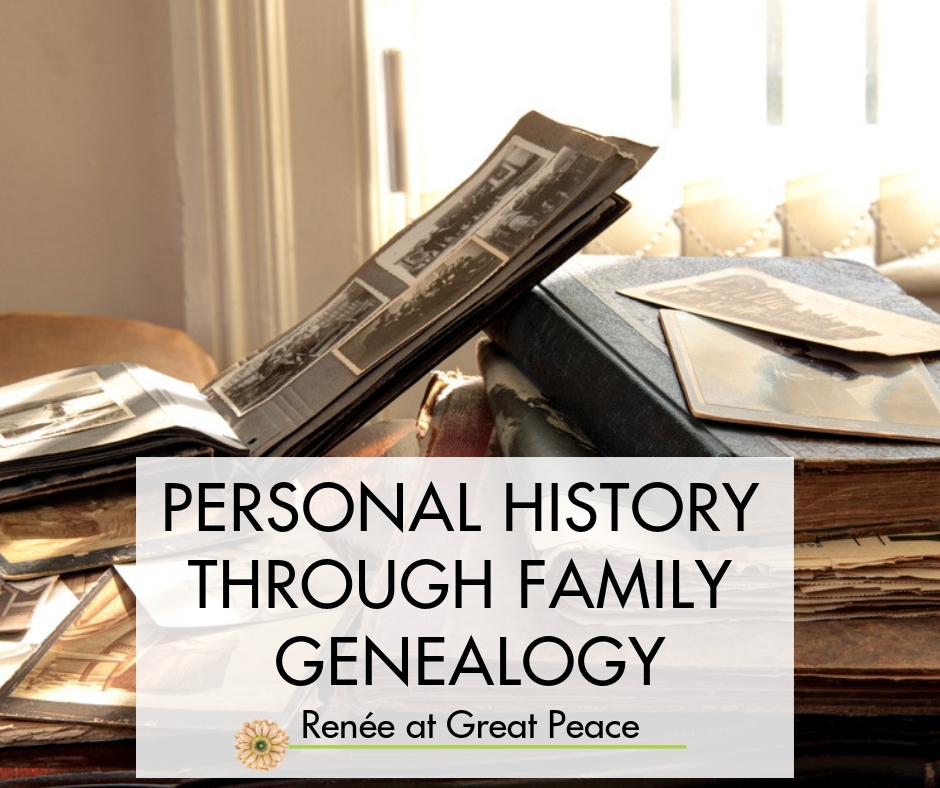
A few years ago I became fascinated by ancestry research. It was before the show “Who Do You Think You Are?” began. But, the addition of that show has increased an awareness of personal family history. I’ve researched many direct lines of my family’s ancestry and have been fascinated by what I have found on both sides of my lineage.
EXAMPLES OF MY PERSONAL HISTORY
- My grandfather (my dad’s dad) was a soldier in World War 1. (Yes the first war, not the second).
- I learned that my 9x Great Grandfather on my mother’s maternal side was one of the earliest settlers of the Maryland Colony and gave 100 acres for the establishment of London Towne, Anne Arundel County, Maryland.
- On my father’s maternal side I can trace, not one line but 4 separate lines through English royalty including barons, earls, and knights. I also discovered that my 15x great-grandfather worked prominently with Kings Edward IV, Richard III, was the step father to King Henry VII and presided in his coronation ceremony.
- I also discovered that through my 15X great-grandmother’s line I can directly trace my lineage back to King Edward III and subsequently William the Conqueror.
- The infamous Devil Anse Hatfield and I share a common grandfather. His great-grandfather (Abner Vance) on his mother’s side (Nancy) is my 5x great-grandfather through her uncle James Howard. Which means we are 2nd cousins 4x removed.
There are more stories than just these. The point is that as we study through history being able to relate events to our ancestors helps to put into perspective how the history is personal to us. Knowing my grandfather was a soldier in the first world war helped me to truly relate to the events which unfolded.
As my son is learned about the founding of the American colonies, I pointed out that his 10X great-grandfather was there, was a part of the events, the culture and how the geography unfolded to form Maryland today.
Have you researched your ancestry? Do your children know where they come from? Have you made history relevant by learning about how your family interacted with the times?
RESOURCES FOR LEARNING MORE ABOUT PERSONAL ANCESTRAL HISTORY
My favorite source is Google.com, it’s there that I can enter any name and the word genealogy, or include an approximate date and find a wealth of information. It doesn’t work every time, and many times it leads me back to ancestry.com which is where I keep my tree research, but sometimes, I unexpectedly find even more information to the stories than I had ever discovered and it opens my eyes to how each person’s life relates to the history that we read during the era in which they lived.
I recently asked my brother to participate in the Ancestry DNA test. Which opened up quite a lot of information for our family tree.
HISTORY TIMELINE
Building a historical timeline with your kids can help you to put the time frame into perspective. Knowing when something took place in relationship to the child’s own life, helps them to get a feel for how long ago something happened. Did it happen in their lifetime, just before they were born, in mom & dad’s lifetime, or grandma’s lifetime? Was the event something that took place before, during or after the life of Jesus Christ, was it something that happened during the time of Moses or David?
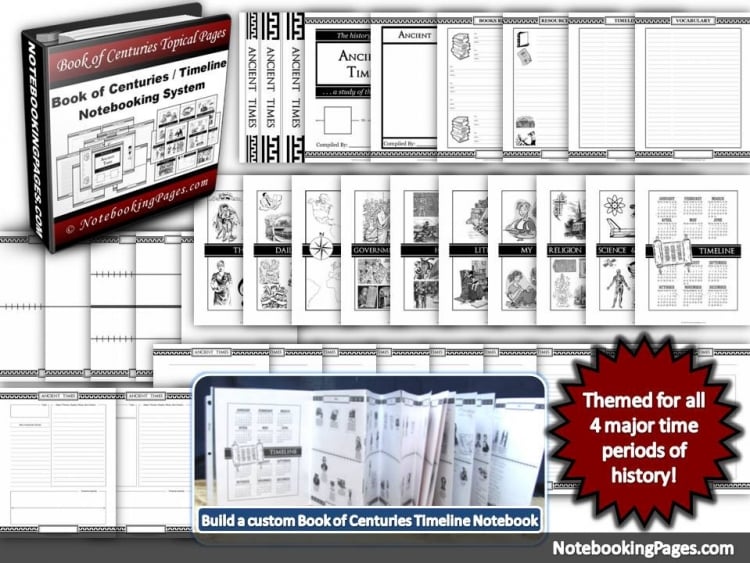
Timelines do not have to be fancy. In our homeschool we use a simple binder and paper, we trace the timeline from creation forward. As we learn an era, we can easily see how close to creation or modern era the event happened. You can use a pre-made timeline, or make one of your own. A poster board, or homemade scroll would work nicely.
I recently discovered the game Timeline, where the goal is to put into chronological order. The cards which contain specific events help students to develop a sense of historical time. It really is a fun game that can easily put events into historical context.
- Adams Synchronological Chart or Map of History
- Rose Book of Bible & Christian History Time Lines
- Notebooking Pages
- Homeschool in the Woods
Have you used any of these methods of putting history into perspective for your children? Share with us in the comments.

You May Also Enjoy







